
Scott white
December 2, 2025
5 Advantages of Pre-Listing Appraisals for Sellers & Buyers
Selling a house brings a lot of questions. Most people want to know the right price, the right […]
Read More
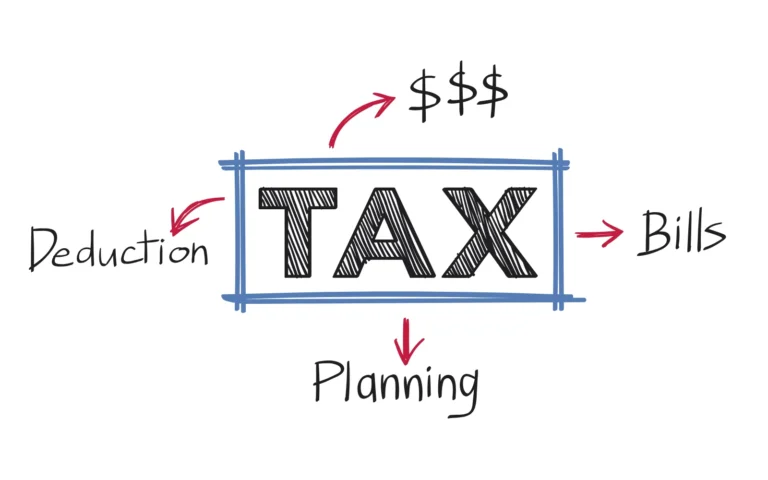
Scott white
November 26, 2025
The 2025-2026 Trust Tax Rates Guide: New Rates and Rules You Can’t Ignore
Trust tax rates shape how much a trust pays the government, how quickly income is taxed, and how […]
Read More
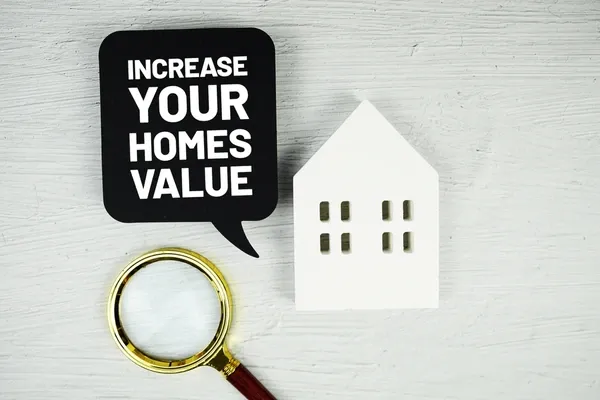
Scott white
November 19, 2025
The Value of Your Home: How to Get the Highest Price
The value of your home is not just a number you see online. It’s the story buyers tell […]
Read More
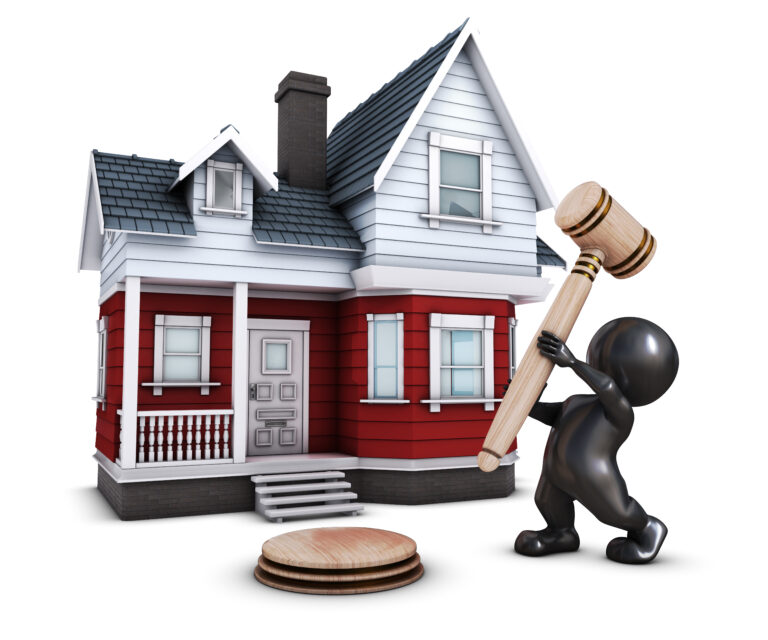
Scott white
November 13, 2025
How to Handle an Inherited Property: Move In, Rent, or Sell?
Getting an inherited property can feel like hitting a jackpot, or getting handed a headache you didn’t ask […]
Read More
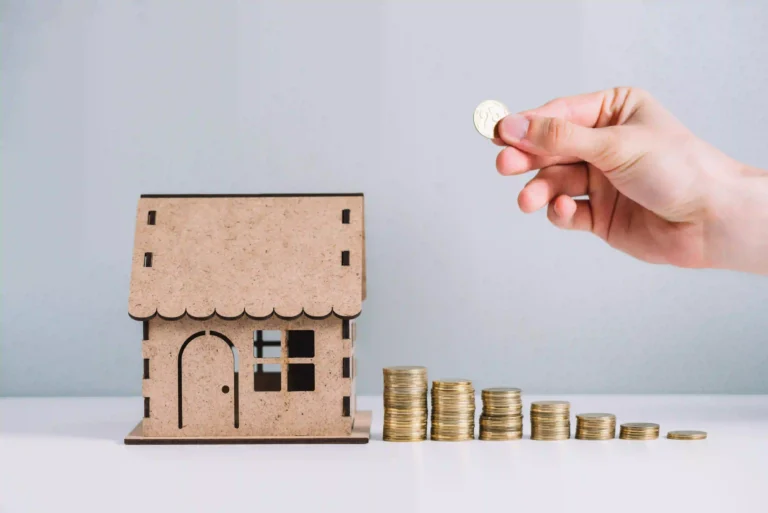
Scott white
November 6, 2025
Real Estate Investing in Chicago: Best Neighborhoods to Watch in 2026
Let’s talk about real estate investing in Chicago. If you’re thinking about putting money into property, you’ve picked […]
Read More
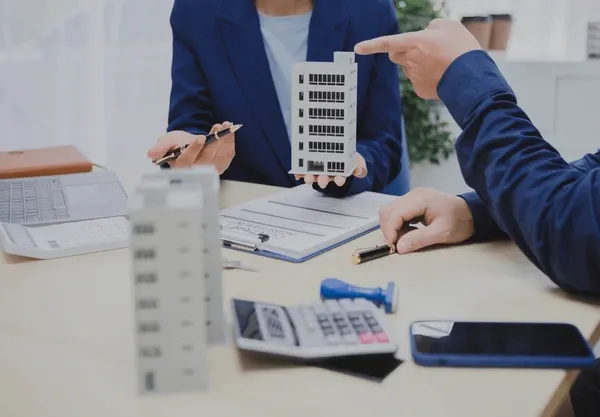
Scott white
October 30, 2025
Proven Home Appraisal Tips to Help You Get the Best Valuation
If getting the best value for a home is the goal, luck won’t cut it. Forget hoping for […]
Read More

Scott white
October 24, 2025
How a Divorce Appraisal Can Protect Your Financial Interests
Divorce appraisal, it might sound technical, but it’s one of the smartest moves when dividing assets during a […]
Read More
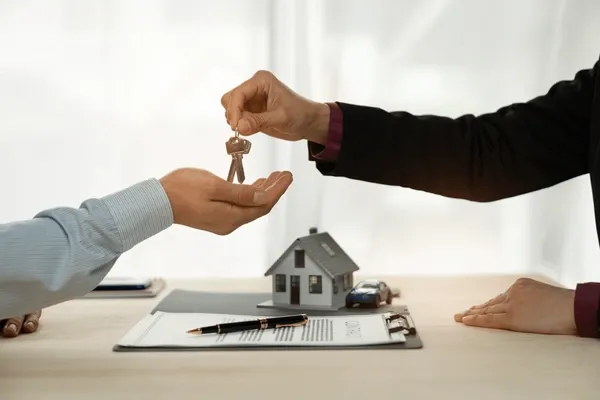
Scott white
October 16, 2025
Top Real Estate Services Every Buyer and Seller Should Use in 2025
Real estate services are the tools and support you need to buy, sell, or invest successfully. The property […]
Read More

Scott white
October 16, 2025
Real Estate Appraisal vs. Market Value: What Every Investor Should Understand in 2025
Every property has a story, and that story begins with value. The process that uncovers that value is […]
Read More